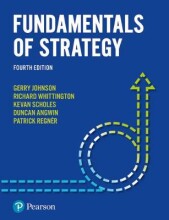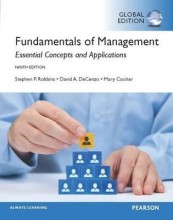Summary: Leereenheid 3 - Populaties
- This + 400k other summaries
- A unique study and practice tool
- Never study anything twice again
- Get the grades you hope for
- 100% sure, 100% understanding
Read the summary and the most important questions on Leereenheid 3 - Populaties
-
5 Birth, death and movement
-
5.1 Introduction
This is a preview. There are 1 more flashcards available for chapter 5.1
Show more cards here -
What processes change the size of a population?
Birth, death, immigration, emigration. -
5.1.1 What is an individual?
-
What is an unitary organism?
- An organism for which it is clear what is meant by 1 individual.
- Form and development is is predictable and determinate from the moment that sperm fuses with an egg.
-
What is a modular organism?
- Modular organisms grow by the repeated production of modules.
- Their structure and precise program of development are not predictable but indeterminate.
- Modular organisms grow by the repeated production of modules.
-
What is a genet?
The genet (genetic individual) is the individual that starts life as a single-celled zygote and is considered dead only when all its component modules have died. -
What is a module?
A module starts life as a multi-cellular outgrowth from another module. -
5.1.2 Counting individuals, births and deaths
-
Explain the mark and recapture technique.
and
With:- N= population size to be estimated
- M= number of individuals that were initially captured and tagged
- n= number of members that were captured the 2nd time
- m= number of members of this 2nd time captured population that are tagged.
- N= population size to be estimated
-
5.3.3 A classification of survivorship curves
This is a preview. There are 2 more flashcards available for chapter 5.3.3
Show more cards here -
Explain survivorship curve type I and give an example.
In a type I curve, mortality is concentrated near the end of the maximum lifespan. Typical for humans, zoo animals and pets. -
5.4 Dispersal and migration
This is a preview. There are 2 more flashcards available for chapter 5.4
Show more cards here -
What are the 3 generalized spatial patterns?
Random, regular and aggregated. -
5.4.2 The role of migration
-
From where to where does migration take place?
From regions where the food resource is declining to regions where it is abundant. -
7 Predation, grazing and disease
-
7.1 Introduction
This is a preview. There are 1 more flashcards available for chapter 7.1
Show more cards here -
What is the true definition of a predator?
A predator is an organism that consumes all or part of another living organism (its prey or host) thereby benefiting itself, but reducing the growth, fecundity or survival of its prey.
- Higher grades + faster learning
- Never study anything twice
- 100% sure, 100% understanding
Topics related to Summary: Leereenheid 3 - Populaties
-
Predation, grazing and disease - The subtleties of predation - From individual prey to prey populations
-
Predation, grazing and disease - Foraging behavior: foraging and transmission - Foraging behavior
-
Predation, grazing and disease - Population dynamics of predation
-
From populations to communities - Dispersal, patches and metapopulation dynamics
































